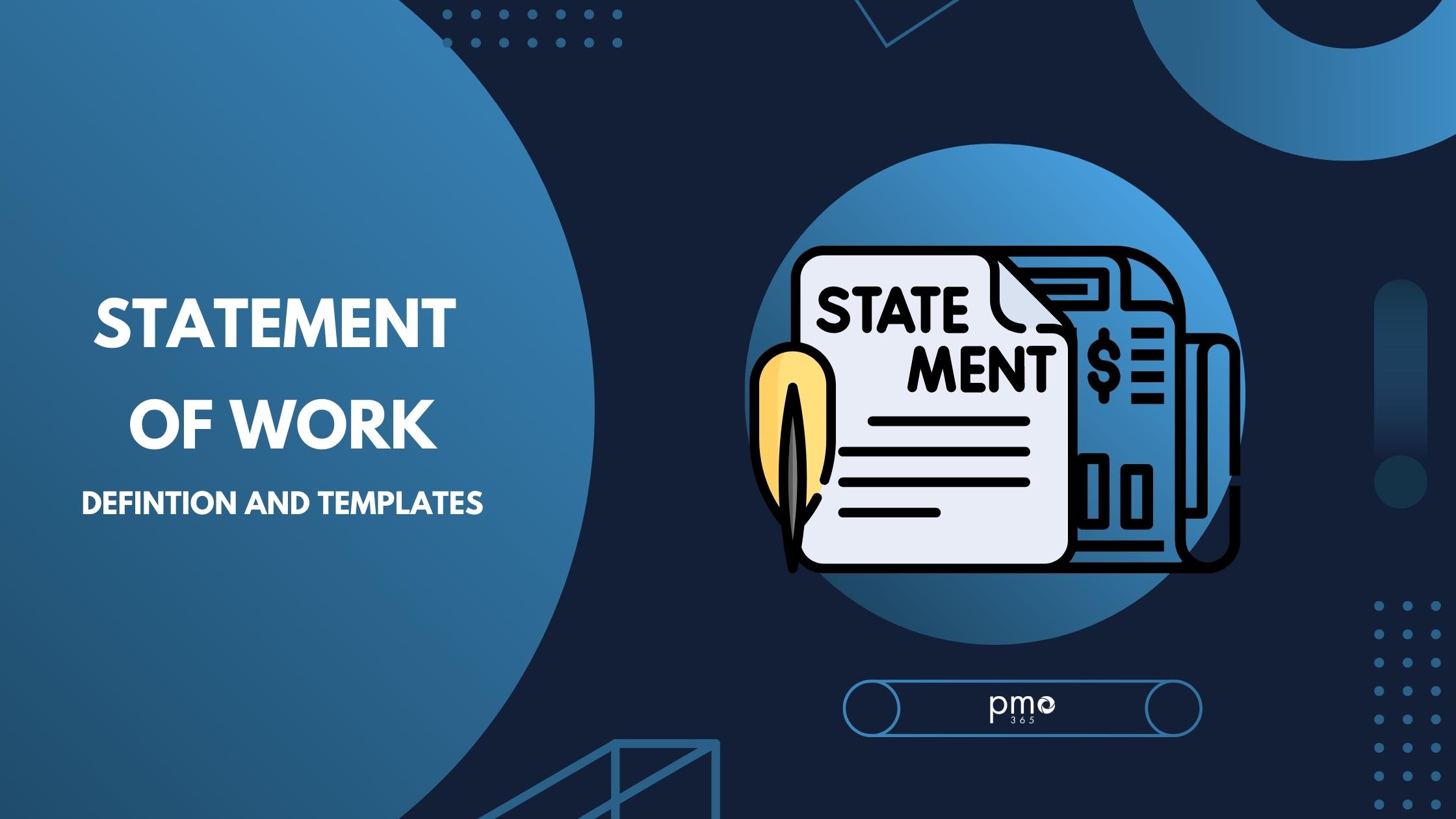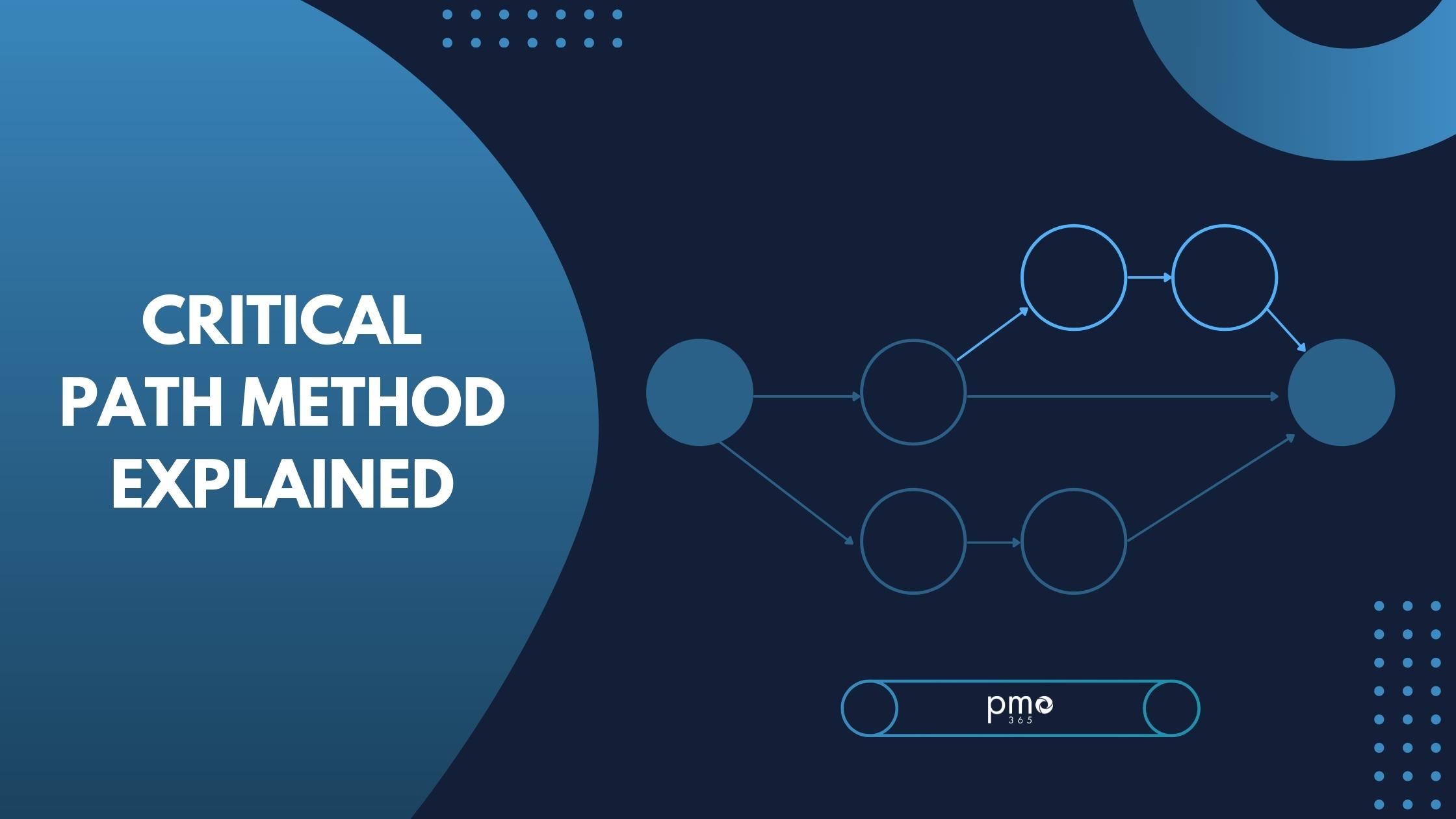In Agile project management, sprint planning is one of the most critical meetings. It sets the tone for what the team will achieve in the next iteration and aligns everyone around clear priorities and deliverables. But to make this session efficient and effective, you need a sprint planning template that ensures no critical details are missed.
In this article, we explore what a sprint planning template is, why it matters, what it should include, and how it helps Agile teams plan sprints with clarity, accountability, and purpose.
What Is Sprint Planning?
Sprint planning is a time-boxed event that kicks off each sprint in Scrum or other Agile frameworks. During this meeting, the team:
- Reviews the product backlog
- Agrees on the sprint goal
- Selects and commits to the work to be completed in the sprint
The session typically lasts 1–2 hours per week of sprint (e.g., 2–4 hours for a two-week sprint).
A sprint planning template helps facilitate this meeting by providing a repeatable structure, ensuring that no step is skipped and all necessary inputs are reviewed.
Why Use a Sprint Planning Template?
A sprint planning template provides an essential digital framework for Agile delivery, ensuring critical elements such as capacity, dependencies, and risks are consistently addressed, while reducing administrative overhead and supporting a standardised cadence across complex project portfolios.
By embedding best-practice prompts and auditable workflows, the template helps Agile teams maintain clear priorities, identify blockers early, and align on deliverables, ultimately empowering managers and technical leads to optimise workload, anticipate challenges, and deliver on business objectives with greater confidence and agility.
5 key benefits from using a sprint planning template:
1. Consistency: Every sprint starts with the same structure and expectations2. Clarity: Roles, priorities, and scope are aligned and understood
3. Velocity Tracking: Helps estimate workload using historic team performance
4. Focus: Keeps the team aligned to a single, meaningful sprint goal
5, Risk Reduction: Surfaces blockers, dependencies, and capacity issues early
What to Include in a Sprint Planning Template
A well-designed sprint planning template should capture sprint details, goal, team capacity, prioritised backlog items, acceptance criteria, dependencies, definition of done, estimation metrics, owner assignments, and key notes in a clear, auditable format.
These elements help Agile teams clarify objectives, manage risks, and maintain consistent delivery across portfolios. By including all critical inputs, the template streamlines planning and ensures greater transparency, accountability, and efficiency throughout the sprint cycle.
Section |
Purpose |
|
Sprint Details |
Sprint number, dates, duration, team members |
|
Sprint Goal |
A short, specific statement of what the sprint aims to achieve |
|
Team Capacity |
Hours or story points available (adjusted for leave or other commitments) |
|
Sprint Backlog Items |
List of selected user stories or tasks with priority and estimates |
|
Acceptance Criteria |
Success conditions for each user story |
|
Dependencies/Blockers |
Any known issues or external constraints |
|
Definition of Done (DoD) |
Reminder of the team’s agreed standard for a complete item |
|
Estimation Metrics |
Story points, hours, or complexity ratings |
|
Owner/Assignees |
Who is responsible for each item |
|
Key Notes/Comments |
Any additional context, risks, or reminders |
Example Sprint Planning Template (Simple Format)
Field |
Entry |
|
Sprint Name |
Sprint 18 |
|
Sprint Duration |
10 June – 24 June 2025 |
|
Sprint Goal |
Deliver MVP login feature and user onboarding flow |
|
Team Capacity |
80 hours |
|
Backlog Items Selected |
US-101, US-102, US-108 |
|
Dependencies |
Awaiting API contract from backend team |
|
Definition of Done |
Coded, tested, documented, peer-reviewed |
|
Assignees |
Dev: Jane, QA: Ali |
|
Notes |
Priority bug fix to be completed early in sprint |
Tools to Support Sprint Planning
Effective sprint planning is supported by a range of digital tools that streamline collaboration and transparency for Agile teams.
- Jira or Azure DevOps: Coordinate and allocate backlog tasks for the upcoming sprint
- Trello or ClickUp: Kanban-style boards for tracking sprint progress and team workload
- pmo365 or SharePoint: Interactive task boards designed to monitor progress and balance workloads throughout the sprint
- Miro or MURAL: Team-based digital workshops for defining sprint goals and aligning priorities
- Excel/Google Sheets: Simple and adaptable spreadsheets designed for small team planning and tracking
Tips for Effective Sprint Planning
Effective sprint planning starts with a few key principles that help teams align, stay focused, and deliver value consistently. Adopting proven approaches sets the foundation for reliable delivery.
With the right mindset and structure, Agile teams can streamline planning sessions and boost both transparency and confidence across each sprint cycle.
Use Real Velocity
Base the team’s sprint commitment on measurable, historical performance from previous iterations—not on optimistic projections.
Keep It Collaborative
Encourage the whole team to participate in breaking down user stories and flag any potential issues with dependencies or story sizing early in the planning process.
Timebox the Meeting
Set a clear timebox for sprint planning sessions to prevent fatigue and maintain energy and focus throughout the meeting.
Define a Clear Sprint Goal
It should inform every decision made during the sprint and inspire the team with a clear, unified direction.
Visualise the Plan
Make sprint scope and priorities highly visible using shared digital boards or presentation slides so the whole team stays aligned and up-to-date.
Common Pitfalls to Avoid
Successful sprint planning not only requires a clear process and effective collaboration, but also an awareness of common pitfalls that can undermine outcomes.
Pitfall |
Solution |
|
Overloading the sprint |
Stick to capacity and leave room for interruptions |
|
Vague sprint goals |
Ensure the goal is measurable and clearly defined |
|
Ignoring team availability |
Adjust for holidays, training, or unplanned leave |
|
Skipping DoD reminders |
Review standards before work begins |
|
Not involving the full team |
Include developers, QA, UX, and product owner |
Conclusion: Plan Sprints That Actually Deliver
Sprint planning isn’t just a meeting, it’s a chance to align your team, manage scope, and build confidence in your delivery.
A solid sprint planning template brings structure, accountability, and repeatability to this critical Agile ceremony. Get your team on the same page, and every sprint can be a step toward something great.













